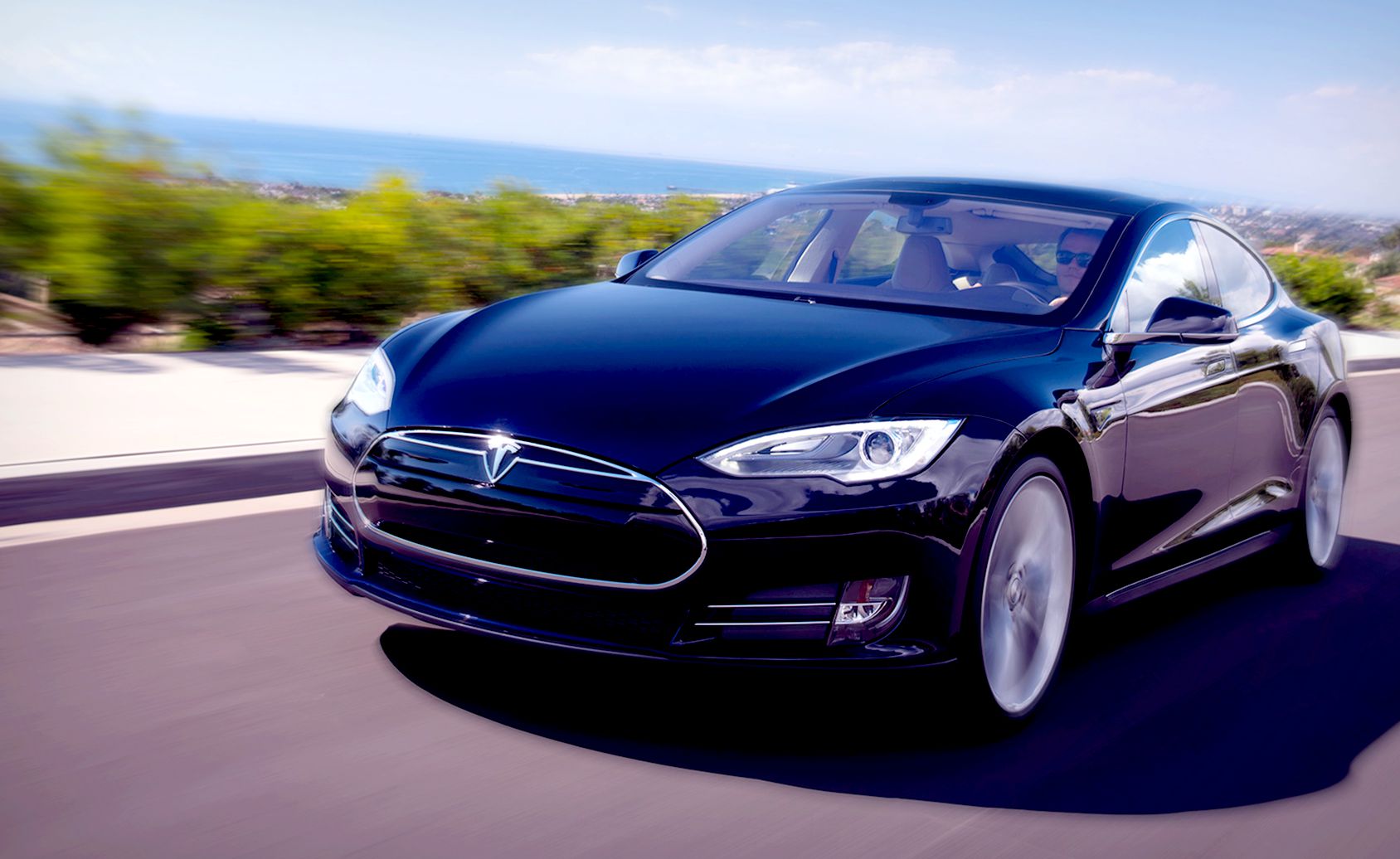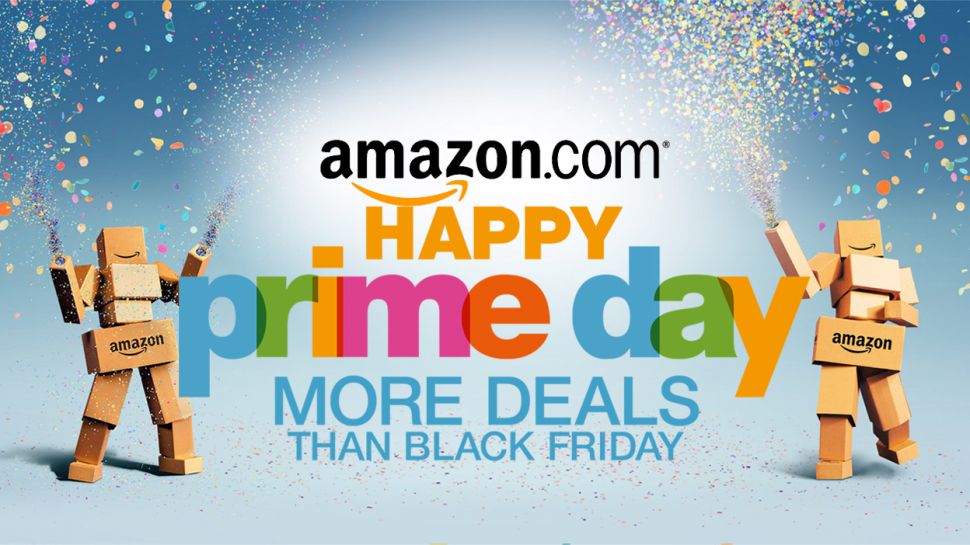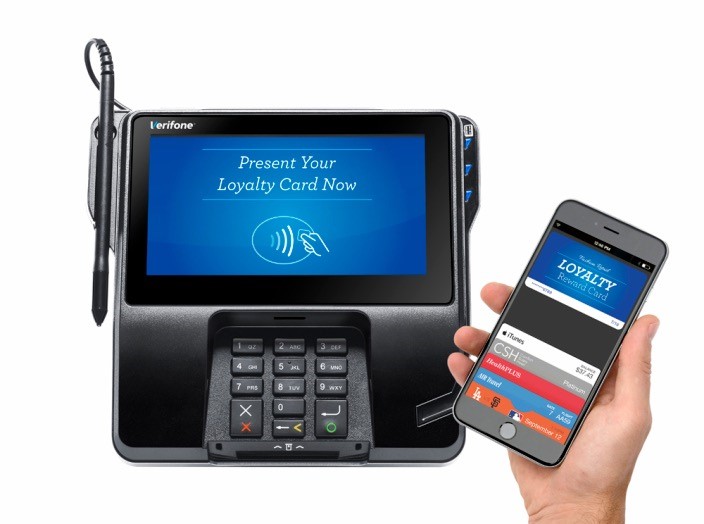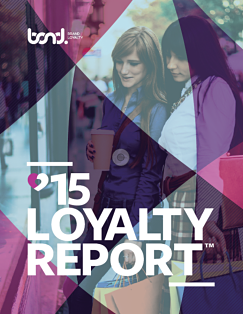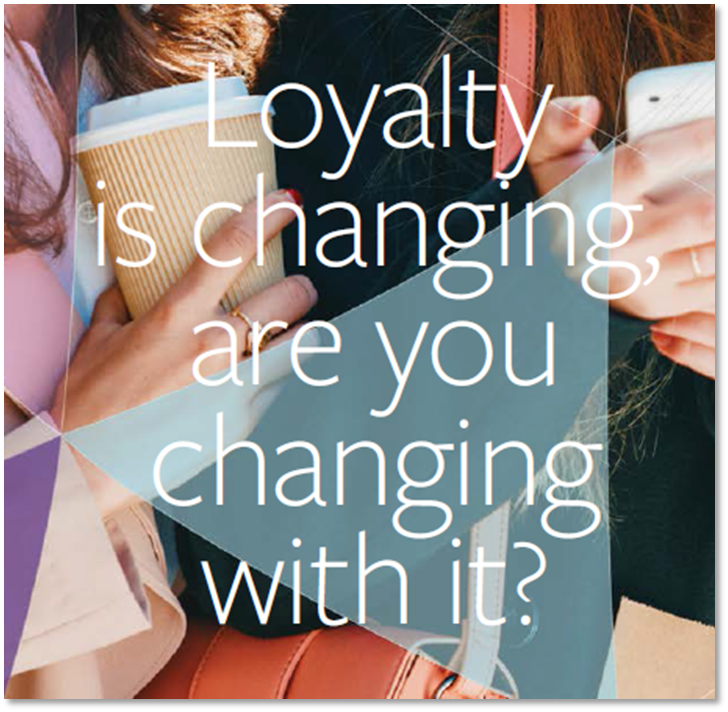Content Writer
Blog
Have you ever considered your product a commodity?
Perhaps not—and we wouldn’t recommend that you do so.
But you must be prepared for customers who may. Like it or not, a mortgage is a mortgage, a car is a car and a hotel room is a hotel room, and your product is one of many.
Regardless of your sector—be it banking, retail, automotive, health care, or something else altogether—your customers make decisions about what they purchase for a variety of reasons. The product itself is increasingly just one of many influencers; the brand may contribute equal weight in the decision-making process.
More and more, aligned values and customer experience are key choice differentiators.
A few months ago, I was asked what my vision of the future of marketing would be for when my 3.5-year-old son becomes an adult. This sparked my imagination and I felt compelled to share my vision of the future of marketing. Being a data-driven marketer myself, I realize that this vision is slightly utopian, and I don’t know how many years it will take for this vision to be realized in reality. Regardless, I would love to play a key role in making this dream come true.
The young man asking this question elaborated to ask whether I believe my son will be bombarded with too many messages and too much information when he comes of consumer age, which frankly I believe has already started. My simple answer at the time was “no.” By the time he becomes an adult, all content will be curated for and by him. Even today, we have the technology to personalize all content. Just a few years ago, this meant knowing who the customer was and targeting the message to her. In this day and age, we can go far beyond knowing “who.” We can push personalization to “where” and “when.” With the consumer carrying her mobile phone on her person virtually 24 hours a day, I know not only who she is, but I know where she is and even the time and the weather in her exact location.
A few months ago when I purchased my Tesla Model S, I had no idea that Tesla had a loyalty program. Perhaps I was distracted and mesmerized by the brilliance of the technology housed in this vehicle. Maybe my attention was diverted as I was infatuated by the gorgeous design of the car. Or was I overwhelmed with joy at the prospect of never again having to fill my car up with fuel? As a loyalty practitioner, how could I have missed this, as loyalty is part of my very DNA?
As I continued to engage with the brand, it became evident that Tesla has a very clever and covert loyalty program. In fact, every Tesla owner is a member of the Tesla loyalty program, yet nobody has ever heard of the Tesla loyalty program. So how can a brand’s loyalty program exist if their customers have never heard of it, don’t recall enrolling in it or participating in it?
Smartphones have given consumers instant access to resources and apps that compare prices, offer customer reviews or even enable instant feedback from their networks all while standing in the retail environment. Now, mobile payment solutions are making it faster and easier to convert these browsing shoppers and showroomers into purchasers.
While making mobile payments is still in its infancy, the release of Apple Pay is really driving mainstream adoption – something other solutions, Google Wallet for instance, seem to have failed at even after being in market for a number of years. Leave it to Apple to make it the norm.
Was Amazon's #PrimeDay a Prime Example of Brand Loyalty Erosion? Here Are 20 Examples That Prove It.
Content Writer
The Internet has spoken – and it isn’t pretty. Turns out Amazon’s hyped up exclusive "Prime Day" event for Amazon Prime members failed to impress, leaving the “tens of millions" of members feeling a little slighted. Not to mention, the bad impression on the browsing non-members Amazon was attempting to court.
Buzzfeed was quick to publish this article with some of the best Internet responses. Of course, that was just the beginning. #PrimeDay trended on Twitter throughout the day with users even creating a second hashtag: #PrimeDayFail.
If played right, you too can earn #millennialoyalty.
A recent study reported by Forbes affirmed that contrary to what many brands and marketers believe, Millennials can be brand loyal. They are no longer the noncommittal bachelors and bachelorettes of the demographic cohorts – they are capable of brand love. The study reports that 60% of Millennials are often or always loyal to brands that they currently purchase.
Realistically, Millennials have been capable of brand love the whole time. But with so many marketing messages in their faces – they have simply tuned out. And why wouldn’t they? With so many brands vying for their hearts, Millennials will wait for the ones that try harder – the ones that understand and engage them on a personal level. And at 80 million strong with an estimated $200 billion in annual buying power (in the US alone), they can.
Consumers and marketers are experiencing a rapid transformational change as the mobile payments industry takes off in North America. With heavyweight Apple behind Apple Pay and equal brand goliath Google backing Android Pay, contactless NFC payments now have the platform-level support needed for mainstream user adoption. According to a report by Forrester Research, in 2015 27% of marketers and digital business executives plan to start using mobile wallets to engage with their customers.
This mobile payments revolution is accelerating the convergence of mobile payments with loyalty programs, creating new opportunities and challenges for marketers seeking to provide mobile loyalty solutions that increase customer retention and program engagement. A new study published by market research and consulting firm Chadwick Martin Bailey (CMB) found that among mobile wallet users, 27% are very likely to switch to businesses that offer mobile payment capabilities and 18% would increase purchase frequency if mobile payment capabilities were present. More, the 2015 Loyalty Report found that 48% of loyalty program members would like to engage with loyalty programs through their mobile devices.
Now, that’s kind of a big deal. But, which mobile wallet is the platform of choice for consumers?
What's trending in loyalty?
The 2015 Loyalty Report saw an increasing number of people opt-in to a variety of loyalty programs in the past year, and revealed the extent to which programs are effective in influencing customer behavior show no signs of diminishing.
What are the implications of the Plenti launch on May 4th? While the U.S. marketplace has distinct differences compared to other countries where coalition models thrive, one can suspect a lot of attention against this landmark initiative. Coalition, by design, has an inherent power of helping partners acquire new customers by harnessing each brand’s customer pool. It can also move market share away from retailers with standalone programs, as customers tend to gravitate toward programs that alleviate the need to carry multiple cards, and collect multiple currencies. Last, but not least, coalition tends to accelerate members’ currency-earning power by getting them to their rewards quicker.
Have you read the New York Times article that tests psychologist Arthur Aron’s proposition that anyone can fall in love by posing / answering 36 questions? The cynic in me is not surprised. Based on decades of RomCom research and my own skewed and completely biased experience, love is not the hard part of any relationship and can be manufactured (or at least simulated) fairly easily. All it takes is good timing, some epically romantic words and a moment of vulnerability… or you can skip all that with one grand gesture (stop a flight, propose in Portuguese, climb a fire escape, pre-plan post-mortem love letters … you get the idea). The hard part is what happens after baby leaves the corner and nails the lift – the relationship part. Whether we’re talking about a single girl or a brand, love is not enough… and maybe it’s not required at all.


